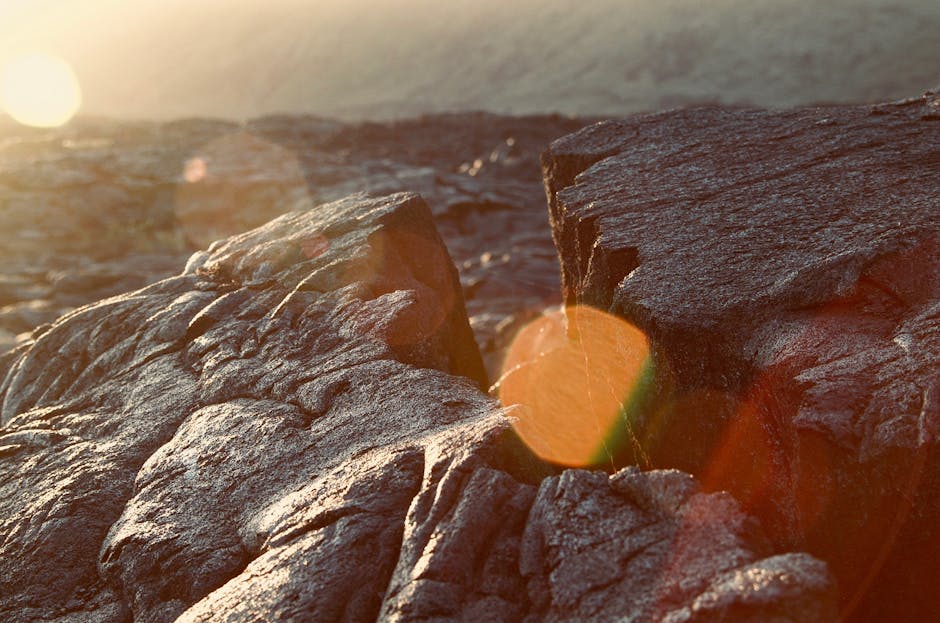 Did you know that there are time capsules all around you? Hidden away in layers of sedimentary rocks, we can find fossils, bones, and chunks of many rocks. Each one of these sedimentary rocks, full of bits and pieces, has a story to tell. A sediment is a piece of rock that has been broken off a bigger rock and been carried away by wind or water to settle somewhere else. Sediments are created through a process called weathering.
Did you know that there are time capsules all around you? Hidden away in layers of sedimentary rocks, we can find fossils, bones, and chunks of many rocks. Each one of these sedimentary rocks, full of bits and pieces, has a story to tell. A sediment is a piece of rock that has been broken off a bigger rock and been carried away by wind or water to settle somewhere else. Sediments are created through a process called weathering.
Weathering happens when rocks get worn down by wind, rain, or ice. Over a long period of time, all these broken-off pieces come together to form a new rock: sedimentary rock.
These sediment pieces vary greatly in size from particles too tiny to see to boulders as tall as a skyscraper. Over time, all these different layers of sediments settle down on top of one another and begin to form a new solid rock layer. These layers are compacted together through pressure from the weight of layers above them or sometimes by the force of water or other elements. Some of the minerals and sticky particles of clay help to cement the layers of rock, fusing them together.
This particular type of sedimentary rock is called sandstone. It is softer, porous rock which water can easily penetrate. As water beats against this sandstone, it will loosen and break off pieces of the rock, creating new sediments. Some of these sediments will eventually settle and over time become a new layer of sedimentary rocks, continuing a perpetual cycle.
Sedimentary rocks are named based on the sediments that form them. A conglomerate is formed when many different types of sediment are compacted and cemented together. The sediments in a conglomerate are made of smooth, rounded pebbles. Breccia is also made of several different types of sediment, but the sediments in this type of rock are jagged instead of smooth. Sandstone is formed from pieces of sand.
Siltstone is formed from silt, fine sand, or clay carried by water that are then compacted together. And shale is made from compacted and hardened clay. Have you ever been to a beach and searched for beautiful seashells to add to a collection? Even nature sometimes collects seashells and compacts them into rocks. Limestone is formed from the crystal forms of calcium carbonate which is found in shells, coral, and other ocean materials.
Take a look at this limestone rock called coquina. it is an example of this type of sedimentary rock made with compacted shells. Sedimentary rocks can also form through chemical processes. For example, some minerals can dissolve in water. Sometimes, when that water evaporates, it leaves the minerals behind.
Over time, these minerals clump together to form sedimentary rock. You may be very familiar with something that is often found within sedimentary rocks.
When a living thing dies, it remains sometimes settle into the other layers of sedimentary rock. The resulting rock is called a fossil, and if you break it open you will still be able to see an imprint of the living thing that died there. Sedimentary rocks afford us the unique opportunity to uncover a time capsule every time we pick up a rock.
Video Title Sedimentary Rocks Geology the Good and the Beautiful
500 A Pop
https://warriorplus.com/o2/a/jn77drd/0
Vyralzz
https://warriorplus.com/o2/a/r9jqsh4/0


